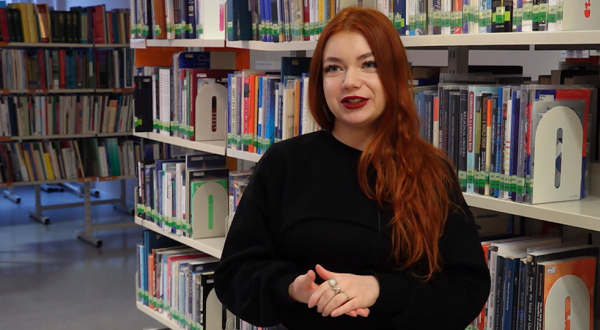Can kids exercise too much?
Although these days children get too little physical activity, Assistant of RSU Faculty of Rehabilitation and physiotherapist Dace Bērtule reveals that occasionally we fall into the other extreme – small children exercise too much and are engaged in particular physical activities that might harm their health in the long term.
According to the physical activity guidelines by the World Health Organisation, children should accumulate at least 60 minutes of physical activity daily. “Unfortunately, studies and our observations show that children rarely meet at least minimum requirements, as parents take them to school or kindergarten by car, and school and kindergarten activities are more associated with sitting at the table. Whereas, at home hours are spent online”, says physiotherapist Dace Bērtule.
“However, there is a flipside – two much of a good thing can do harm. Occasionally, when good intentions go too far, parents may face the situation when physical activities may harm their children, especially in the long term,” she continues.
Ms Dace Bērtule stresses that “physical overload rarely occurs in pre-school children, as, unlike adults, their body responds to overload – children stop their physical activities, become naughty or start crying. Parent should simply listen to them, and children won’t suffer from overload. Problems occur when we start pushing them that may result in overload – both physical and emotional. No wonder children have eating and sleep disorders or misbehave. ”
Another thing that is worth attention – parents should consider whether activities chosen for their children at an early age are oriented towards promoting their physical development. “In most cases activities offered to children at pre-school age are suitable. For example, traditional folk dance classes help young children develop coordination and balance, and it is very beneficial for them. Parents should be cautious when choosing activities associated with the development of such physical characteristics that might cause long-term harm to their health,” reminds Bērtule.
“In general, it is essential for children to develop their flexibility, though, exaggerated flexibility training may negatively affect the child’s development, as such training involves the stretching of muscles, as well as ligaments and tendons etc. – tissues located around the joints,” RSU Assistant explains. “Most likely children won’t have any physical health complaints, though they may experience them during puberty or as adults. No wonder children suffer from dislocation of joints, knee or back pain. Such complaints are often associated with joint hypermobility and instability.”
“Sure, these problems can be avoided. Coaches of artistic gymnasts should be aware of the significance of comprehensive physical activities, development of muscle strength coordination and balance.”
To sum it up, Bērtule emphasises: “We can offer various training opportunities for our children, even ballet and artistic gymnastics classes, however, we must ask whether they find these classes exciting, and we should observe the work of the coach to make sure that the classes are oriented also towards improving general physical health, not only developing particular qualities or skills.
Related news
 Anastasija Šuļkovska, RSU SP Head of Communications, Wants to Help People For Students, Video Commentary
Anastasija Šuļkovska, RSU SP Head of Communications, Wants to Help People For Students, Video Commentary


